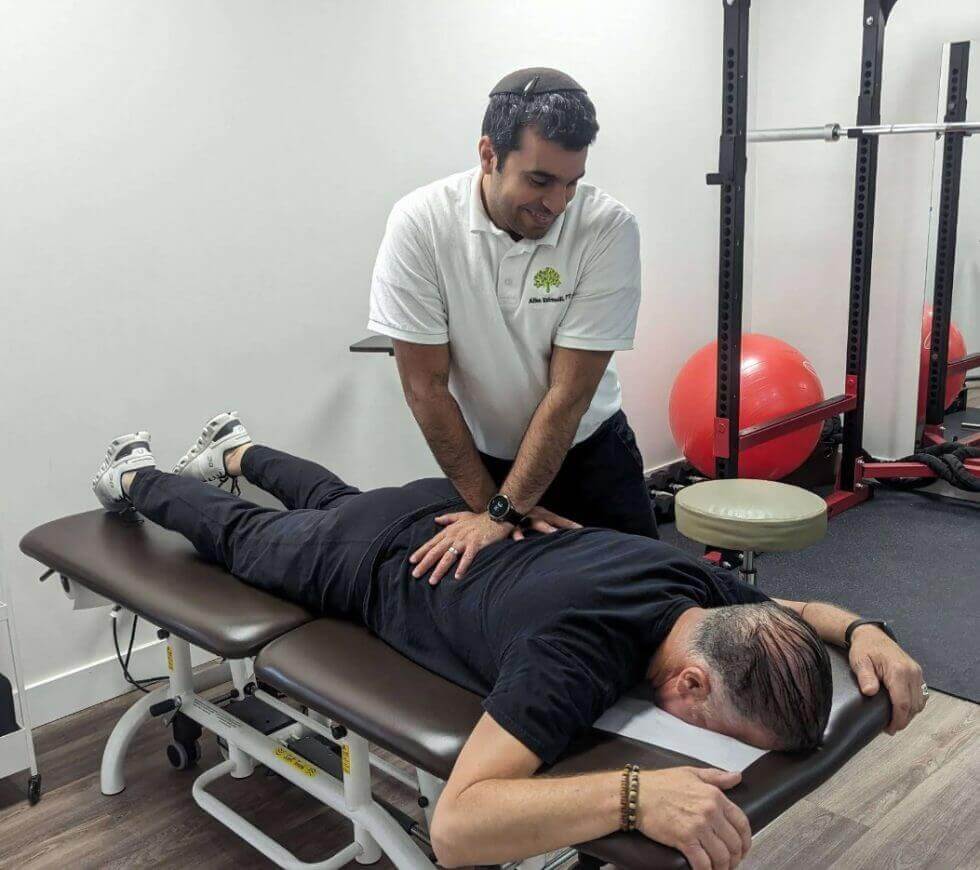“We Help People Suffering From Long-Standing Aches And Pain Regain Their Confidence And Return To An Active Lifestyle (Even If They Haven’t Found Relief Elsewhere)”
Interested in getting our help? Watch this special video we made for you…
Wondering If Physiotherapy Is Right For You?
Ask A Specialist A Question
If you’re not quite ready to book an appointment yet, you might have some questions that you would like answered first. We would be happy to chat with you so we can be 100% sure that we can help you. Just click the button below to request to speak to us on the phone!
Ask About Availability & Cost
We understand that some people want to find out a little more about the cost & availability of physiotherapy before booking an appointment. If you want to know about our availability, then just click the button below and complete the simple form.
Ask About A Discovery Visit
We realize some people may be unsure if physiotherapy is right for them. Are you wondering if it’ll work or if we can help with your problem? If that sounds like you and you’d like to come see for yourself how we can help you, just fill out the simple form below so we can answer your questions.

Firm Guarantee
ANY and ALL treatment you receive at Premier Spine & Sport Rehabilitation & Wellness IS covered by Full “Love It Or Leave It” Money Back Guarantee. That means we make you very HAPPY as you hope, or you DON’T pay for any of it.
Who We Help at Premier Spine and Sport Rehabilitation & Wellness
At Premier Spine and Sport Rehabilitation & Wellness, we understand that every single person’s pain is unique, which is why our first step is to get a deep understanding of what is happening to your body, and how it is effecting your life so we can create a plan that focuses on YOU and your goals.

Concierge and Traveling Physiotherapy
Are you someone who is looking for a physiotherapist to join you on the road or at home? Are you not wanting to put your recovery on hold and lose your progress? Are you tired of feeling let down by other PTs and want to relieve your pain?
If this sounds like you — Premier Spine and Sport can help.
Proud Partnership with Andrew Bolton Canadian Professional Triathlete and Coach

What Other People Just Like You Are Saying About Premier Spine and Sport Rehabilitation & Wellness in Richmond Hill & Vaughan, ON…
“I have experienced back pain for more than 15 years, but recently it came to a point that I was not able to move. I was really devastated. Not able to walk or do my grocery shopping was something that never came to my mind. I was in constant pain. Until I met Allen. Allen is really knowledge and has lots of skills. The exercises he has gave me were able to minimize my pain. also according to Allen if I continue to exercise I am not going to suffer from pain anymore. Thank you so much Allen”
“Allen is extremely professional and caring. I waited 6 weeks after my injury to see Allen and after a couple of sessions I felt a huge improvement and by the end of the treatment plan, I was back to 100%. Every step of my shoulder/rotator cuff rehab process was explained in detail and reviewed each time I came in for treatment. Allen took the time to check in with me between sessions and make sure my recovery was progressing. I am grateful for his personalized attention and patience.”
“I had a great experience with Allen when he helped me with my shoulder and knee pain. Allen was very professional and came up with an easy to follow treatment plan for my shoulder and knee. I have seen physiotherapist in the past who only put me out of pain. Allen was the first to finally fix the problem and give me back my mobility in my shoulder and knee. He answered all my questions and was so supportive through the whole process. I have Allen to thank for helping me to finally be able to run again! Thanks Allen!”

Get To Know Allen Eshmoili…
After spending several years in general physiotherapy practice working with collegiate athletes and weekend warriors, Allen was never satisfied with the level of preparedness he had to deal with more complicated chronic pain issues. He embarked on a journey to be able to better serve those who have been through the healthcare system but have been let down. He furthered his education and refined his diagnostic skills by becoming a Board-Certified Specialist in Orthopaedic Physiotherapy.
Want To Get Relief Faster?
Choose which option works best for you…





